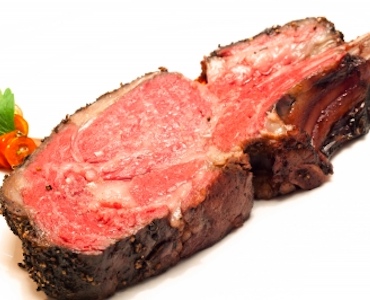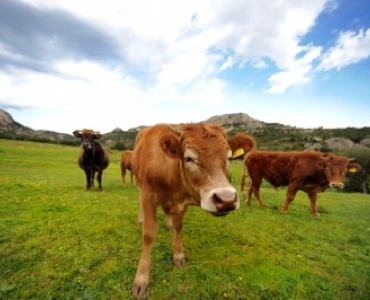
New non-invasive scanner can determine marbled meat in cattle
Food in Canada
Processing Research & Development Meat &PoultryResearchers in Japan have developed a non-invasive nuclear magnetic resonance scanner that can detect where meat in live cattle has the most marbling

Tokyo, Japan – Researchers at the National Institute of Advanced Industrial Science and Technology in Japan have found a way to pinpoint exactly where the marbled beef is.
 The team at the institute has developed a new single-sided nuclear magnetic resonance in vivo scanner that can detect the amount of marbling in cattle.
The team at the institute has developed a new single-sided nuclear magnetic resonance in vivo scanner that can detect the amount of marbling in cattle.
The non-invasive scanner can help owners choose the optimum nutritional management for growing cattle. And it can help cattle buyers more precisely evaluate grown cattle at auctions.
As Japan Real Time explains, the amount of fat streaks within meat is one criteria for determining its taste.
The marbled beef scanner only takes about 10 seconds to determine the level of fat inside the cattle. It can only check an area about three centimetres deep from the skin, says Japan Real Time, but observing the cattle’s trapezius muscle is usually enough to provide information on the marbling it has.
Until now, the industry was using ultrasounds to scan cattle, but it took a trained expert to properly figure out the amount of fat that way. The new machine, says Japan Real Time, is easier to use and would provide the level of fat in quantitative figures.
The researchers hope to develop the machine for use on other types of meat. It might also be used to observe the health of the cattle and other livestock.
Wagyu Beef image courtesy of Vichaya Kiatying-Angsulee at FreeDigitalPhotos.net
Print this page